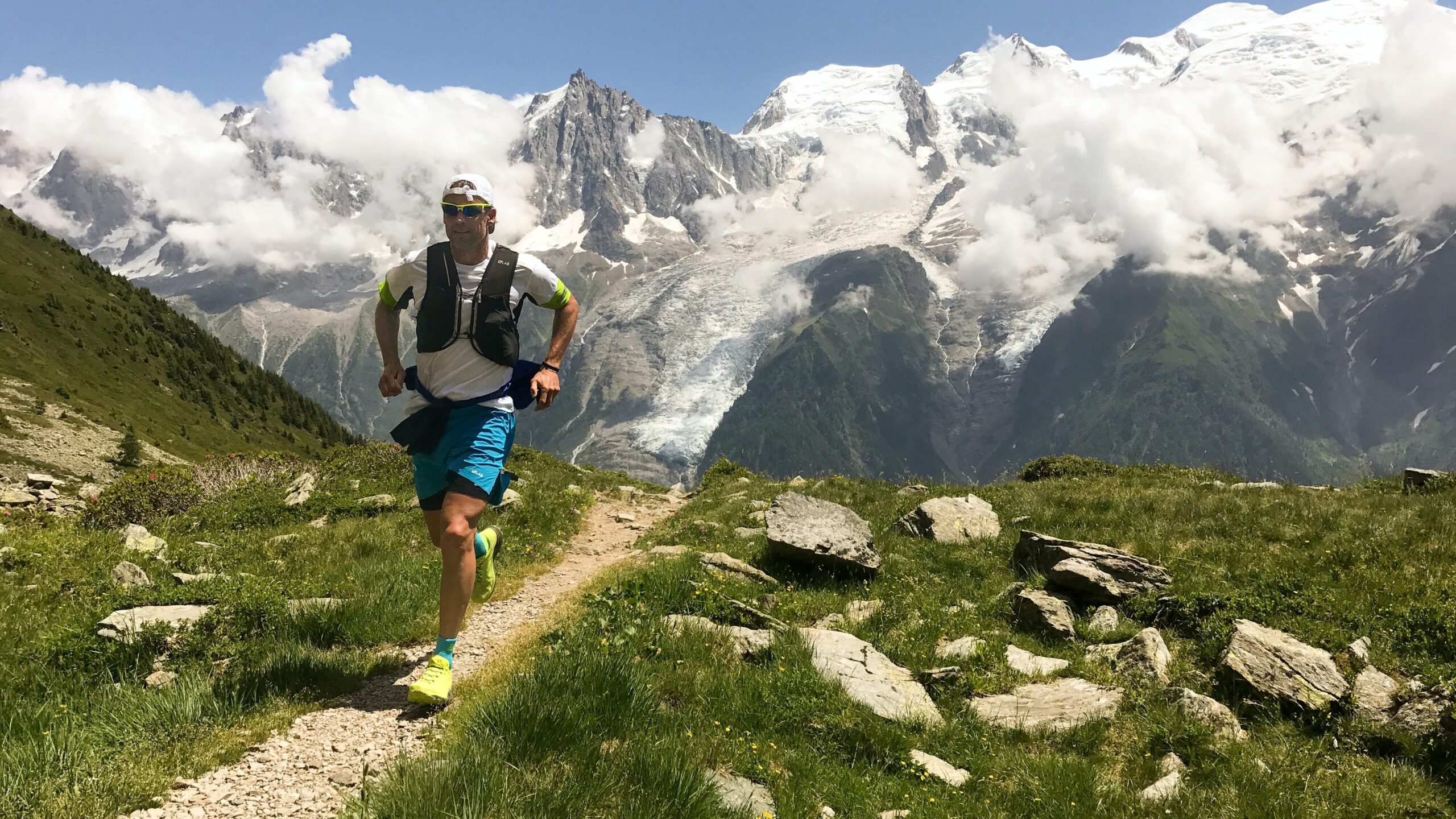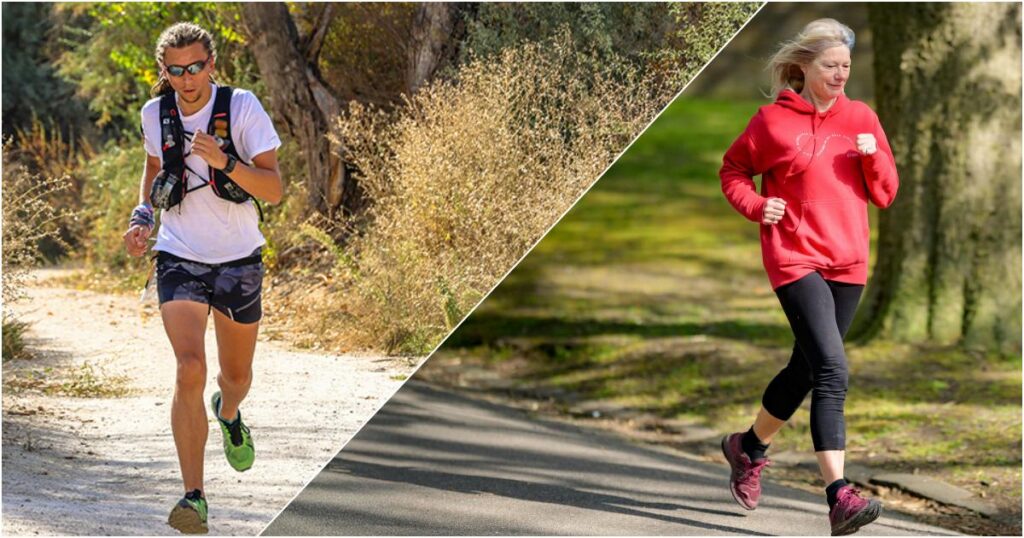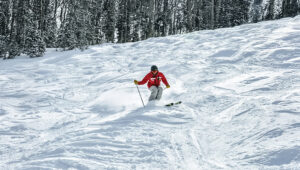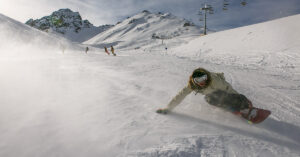Whether you’re training for a 10K, looking to improve your fitness, or simply enjoying the meditative rhythm of jogging outside, the surface you choose can make a significant difference in your performance, injury risk, and long-term joint health. Trail and road running each offer unique benefits and drawbacks. Understanding the differences can help you build a smarter, more sustainable routine.
Let’s dive into the pros and cons of jogging on a trail vs pavement.
Trail Running

Pros
1. Reduced Joint Impact
Trail surfaces like dirt, grass, or mulch are significantly softer than asphalt or concrete. The forces are more easily absorbed by muscles, rather than pounding knees, hips, and spine. Research shows that compliant surfaces reduce ground reaction forces and loading rates during running (Kerdok et al., 2002), which may help minimize cumulative stress on joints.
2. Enhanced Proprioception and Stability
Navigating rocks, roots, and uneven ground engages the foot and ankle stabilizers and enhances neuromuscular control. Muscles along the insides and outsides of the ankles and legs will be active, making small adjustments with every step. A review by Hrysomallis (2011) in the Journal of Strength and Conditioning Research supports that unstable surface training can improve proprioception and joint stability.
3. Mental Health and Stress Reduction
Exposure to nature has profound mental health benefits. Trail running often takes place in green spaces, and studies like Bratman et al. (2015) in PNAS demonstrate that natural environments can reduce rumination and stress-related brain activity.
4. Functional Strength Development
Trail running activates a wider range of muscles than street running due to constant elevation changes, directional shifts, and lateral movements. This promotes strength in stabilizers around the hips, core, and ankles.
5. Lower Risk of Overuse Injuries (?)
Varied terrain alters stride and foot strike patterns, helping to distribute load across different tissues. According to Hespanhol Junior et al. (2016), trail runners tend to experience fewer repetitive overuse injuries compared to road runners. However, with an increased demand on stabilizing muscles to account for the variable terrain, different overuse injuries may be more likely, especially it the runner is not adequately strengthened for running.
Cons
1. Increased Risk of Acute Injuries
The same uneven terrain that builds strength also raises the risk of sprains, falls, and abrupt impact injuries, especially when fatigued. Stepping onto a rock or root will force the foot into a slightly inverted or everted position (turned slightly inward or outward). If the muscles cannot make quick changes and adjustments with each step, an ankle sprain is very possible or an overuse injury may develop. These muscles must be trained to react in the way that the trail requires.
2. Slower Pace and Less Predictable Workouts
Uneven elevation and softer ground typically slow down pace. GPS-based metrics can be unreliable, making it challenging to track performance consistently. This might not apply to most runners going out for a jog, but worth noting if someone is targeting speed.
3. Accessibility and Environmental Limitations
Trails may be less convenient and can become inaccessible due to weather conditions (mud, snow, ice) or poor lighting.
4. Higher Cognitive Load
Trail running demands more attention to foot placement, which can become mentally taxing during long runs. Or is this a positive? Keeping your brain stimulated may not be so bad.
Road Running

Pros
1. Convenience and Accessibility
Paved roads and sidewalks are everywhere. Road running makes it easy to stay consistent, even with a busy schedule.
2. Consistent Terrain for Pace Training
Smooth, predictable surfaces are ideal for structured workouts like intervals, tempo runs, or race-pace efforts.
3. Ideal for Speed Work
If you’re chasing performance metrics or race goals, the uniformity of the pavement helps maintain an efficient stride and monitor progress.
4. Lower Cognitive Load
Fewer obstacles and smoother footing allow runners to zone out or focus inward, which can make for a meditative experience.
Cons
1. Higher Joint Impact
Asphalt and concrete produce higher ground reaction forces, which increase stress on the knees, hips, and spine—especially in aging joints or in runners with arthritis.
2. Greater Overuse Injury Risk
Repetitive motion on the same type of surface leads to uneven loading and increases the likelihood of issues like patellofemoral pain, Achilles tendinopathy, and shin splints.
3. Environmental Hazards
Sidewalk cracks, driveways, traffic, inattentive drivers, and crowded pathways create real safety concerns.
4. Mental Monotony (?)
Running through the same urban routes can become mentally dull, potentially decreasing motivation over time. However, there are plenty of streets and roads to mix up your runs and stay stimulated.
So Which Running Surface Is Better?
There’s no one-size-fits-all answer. Each surface offers distinct advantages depending on your goals, injury history, preparation, and environment. Trail running supports joint health and functional strength. Road running facilitates pace control, time efficiency, and performance-based training.
Pro Tip: Rotate Both Into Your Training Week
- Use trails for long runs or recovery days to minimize impact and strengthen stabilizers.
- Use pavement for tempo runs or intervals to maintain race-specific conditioning.
This combination builds resilience, supports injury prevention, and sustains performance across all age groups and ability levels.
Discover how to strengthen better for running and more, so you prevent injuries and stay active for as long as possible, with ACL Strong. You will be guided through targeted exercises that you can do at home to build a more resilient body for running, playing, hiking, skiing, and everyday life. Click here to learn more.
References
- Kerdok AE, Biewener AA, et al. (2002). Journal of Biomechanics, 35(6), 713-720.
- Hrysomallis C. (2011). Journal of Strength and Conditioning Research, 25(11), 3048-3052.
- Bratman GN, Hamilton JP, et al. (2015). Proceedings of the National Academy of Sciences, 112(28), 8567–8572.
- Hespanhol LC Jr., et al. (2016). British Journal of Sports Medicine, 50(12), 731-737.



